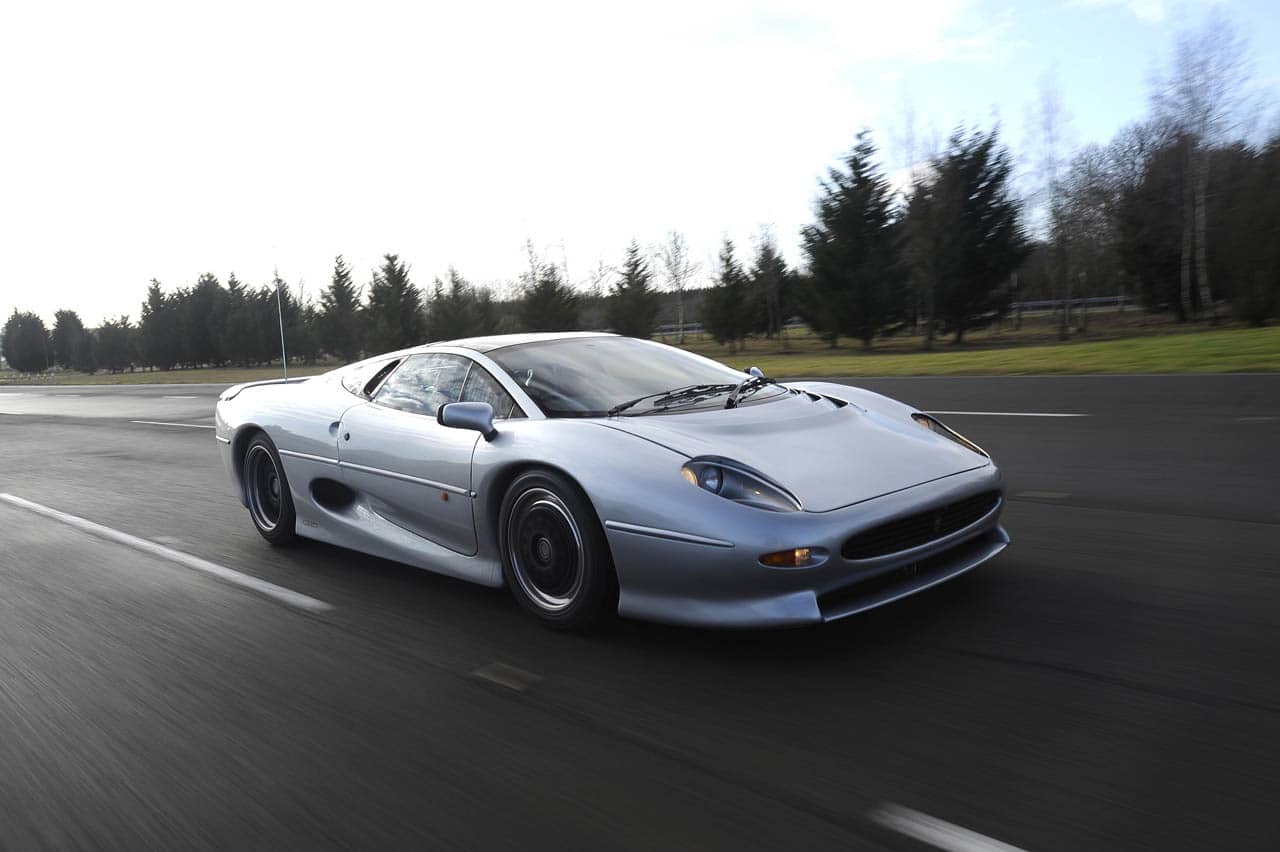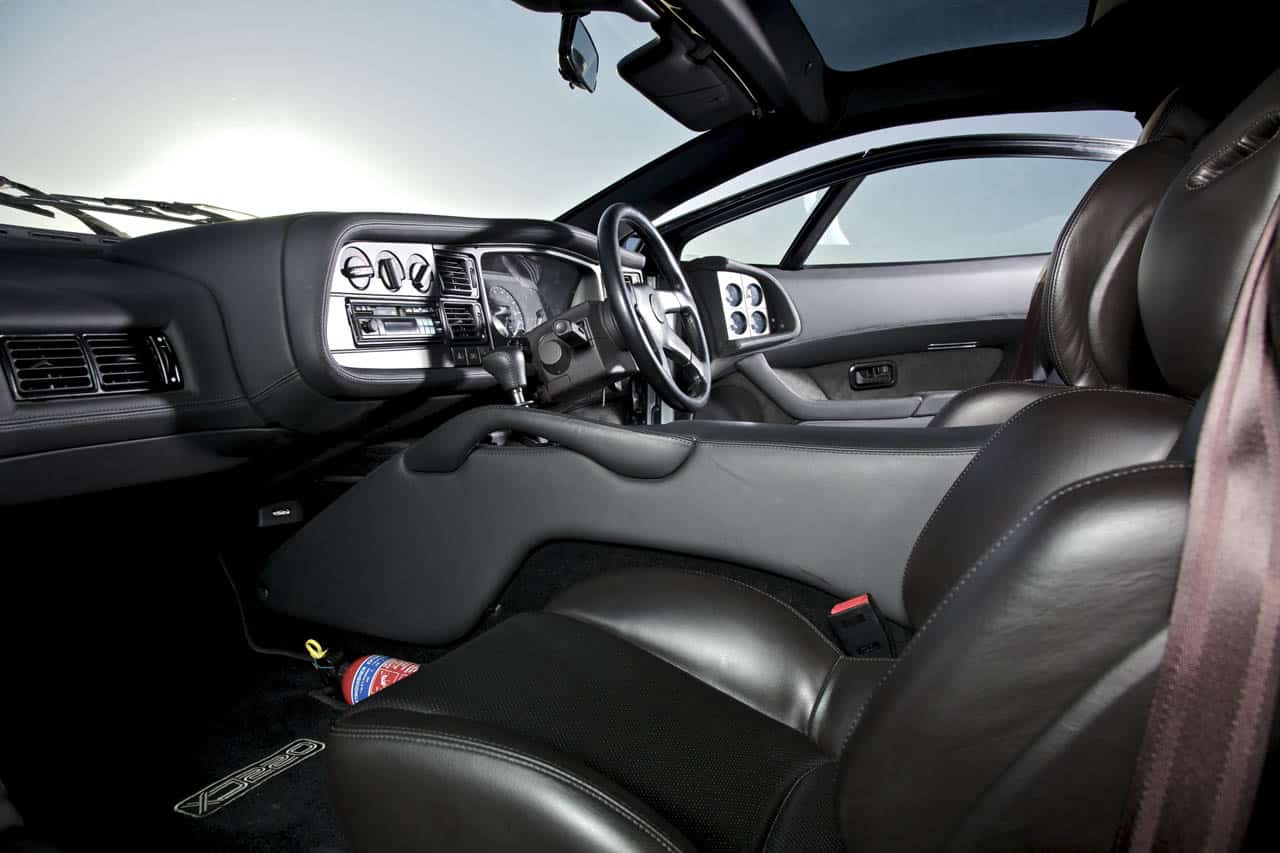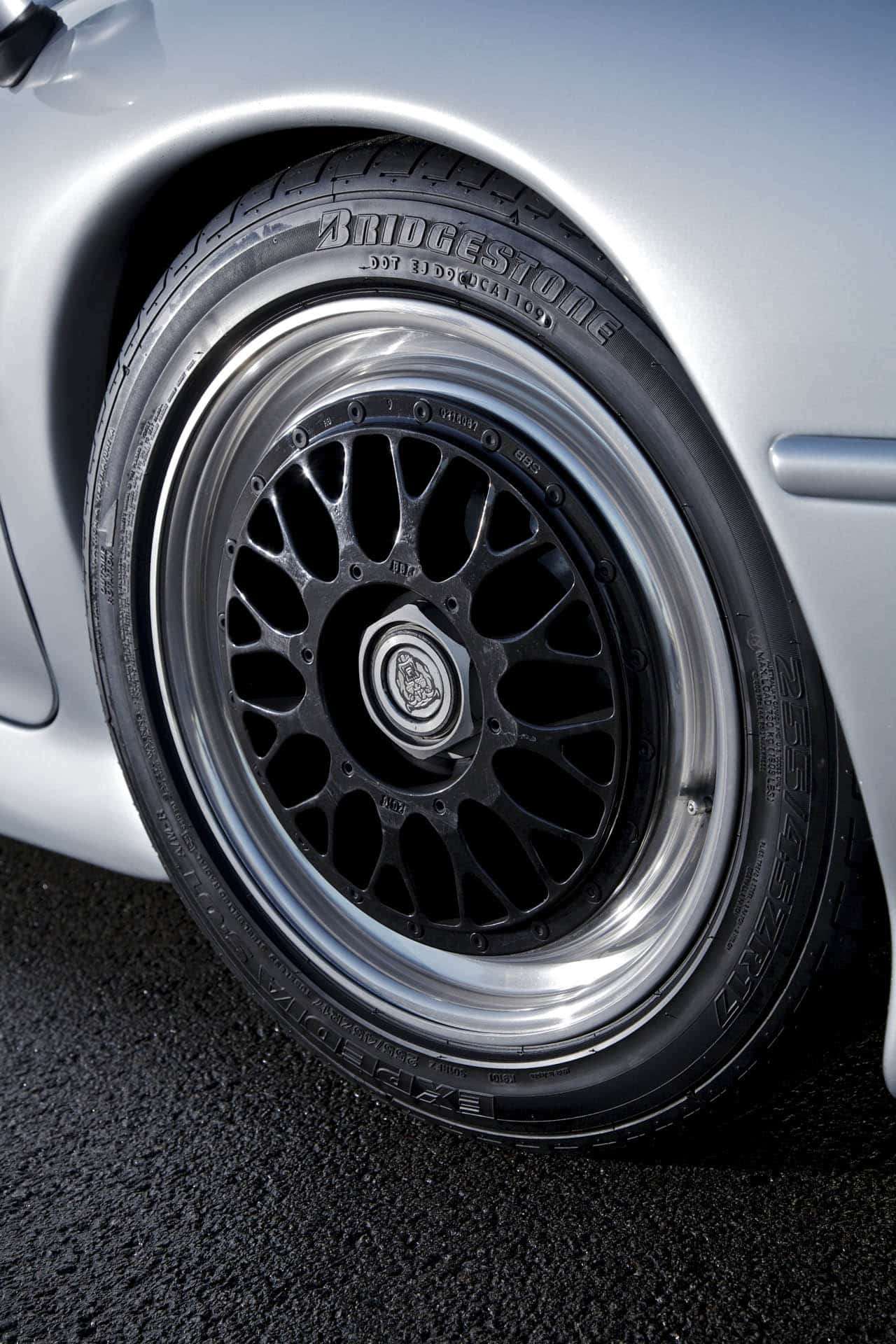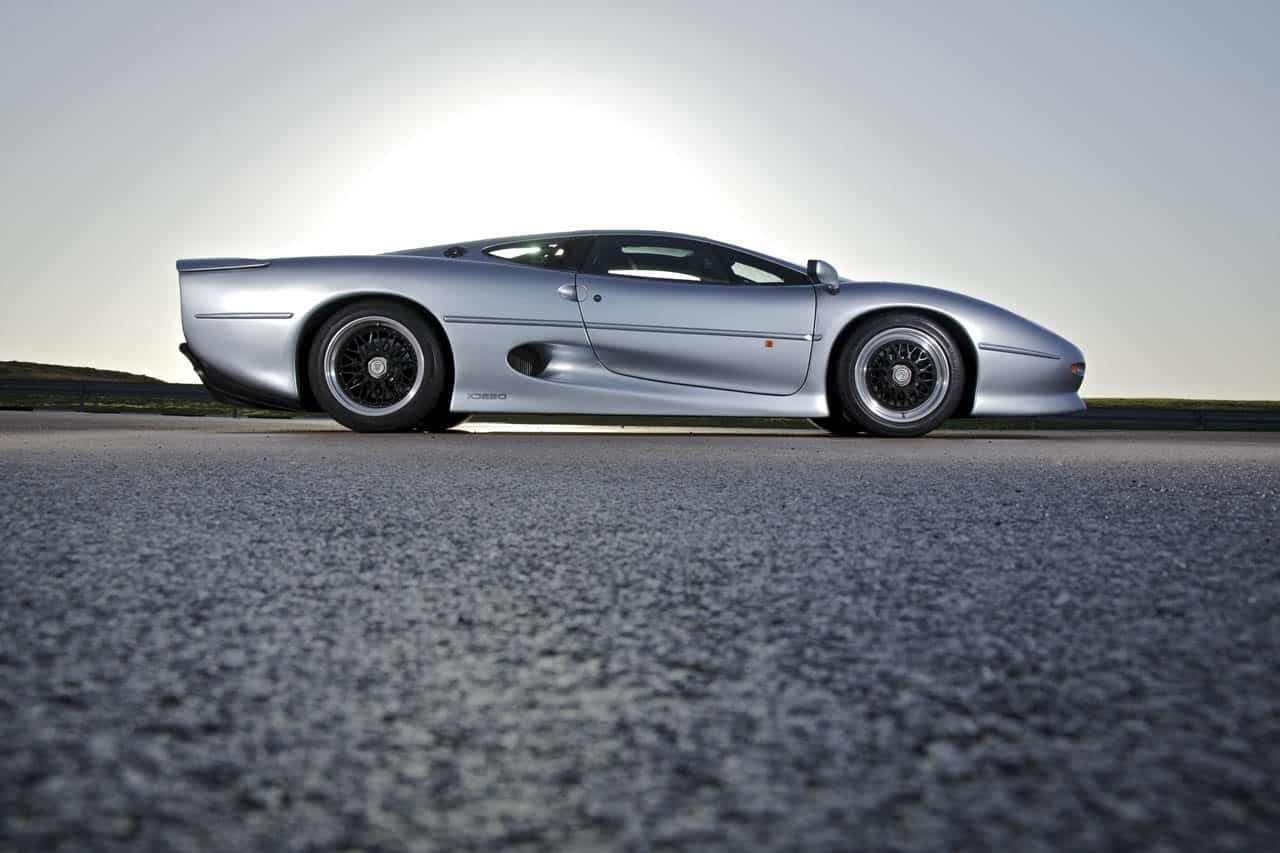data-animation-override>
“Produced from 1992–1994, the Jaguar XJ220 has gone a long time without new rubber — but that is set to change thanks to Bridgestone.”
When you look at the Jaguar XJ220 it’s easily identified as a ’90s supercar. Its wheels are too small, it lacks modern aero, and it has an interior almost pinched from a 1991 Mitsubishi GTO. The ’90s were a long time ago, and so was the last time Jaguar XJ220 owners have been able to buy replacement tyres. A scary thought considering the XJ220 is capable of reaching 349.4kph — and it held the Guinness Book of Records fastest speed ever attained by a standard production car from 1994 to 1999.

Just recently though, Bridgestone announced that they have teamed up with Don Law of Don Law Racing to develop a new OEM-spec tyre for the XJ220. Something as simple as a tyre has no doubt hurt resale value of the iconic ’90s machine, so it’ll be interesting to watch the prices skyrocket once people start getting them out of their storage holds. The new Bridgestone tyre is said to greatly outperform the original due to the advancements in tyre technology, which will be exciting to see, and they’ll be ready for the car’s 25th anniversary in 2017. If you’re curious about just how big the tyres are, try 255/55R17 tyres up front and 345/35R18 tyres down the back — just bonkers. That’s 300mm short of one metre of rubber touching the ground, just on the back!

The XJ220 was an interesting beast. Originally it was meant to be a V12 all-wheel drive, and after taking 1500 £50,000 deposits Jaguar changed their mind, dropped two driving wheels, halved the amount of pistons and added two turbochargers — weird right? This came at a time when only Japan was producing such vehicles, as European supercars were meant to be V8, V10, or V12, and, more importantly, naturally aspirated.

Jeremy Clarkson once described the turbocharger lag of the XJ220 to be terrible, and demonstrated by putting his foot down and counting until the boost came in. When it did come in it was quick, and produced 400kW (550hp) and 644Nm (475lb-ft) of torque. The XJ220 would accelerate to 100kph in only 3.6 seconds, which even by today’s standards is seriously moving. The 3.5-litre V6 engine found in the production XJ220 was dry-sumped, had Zytek multi-point injection with dual injectors and Zytek electronic engine management — all way ahead of its time. The engine block was produced from aluminium, as were the heads. An interesting note is that the XJ220 would receive 8.8L/100kms, which matches most common commuter cars of today. Not surprising though when you think how bad the turbocharger lag was — it was probably never on boost!





